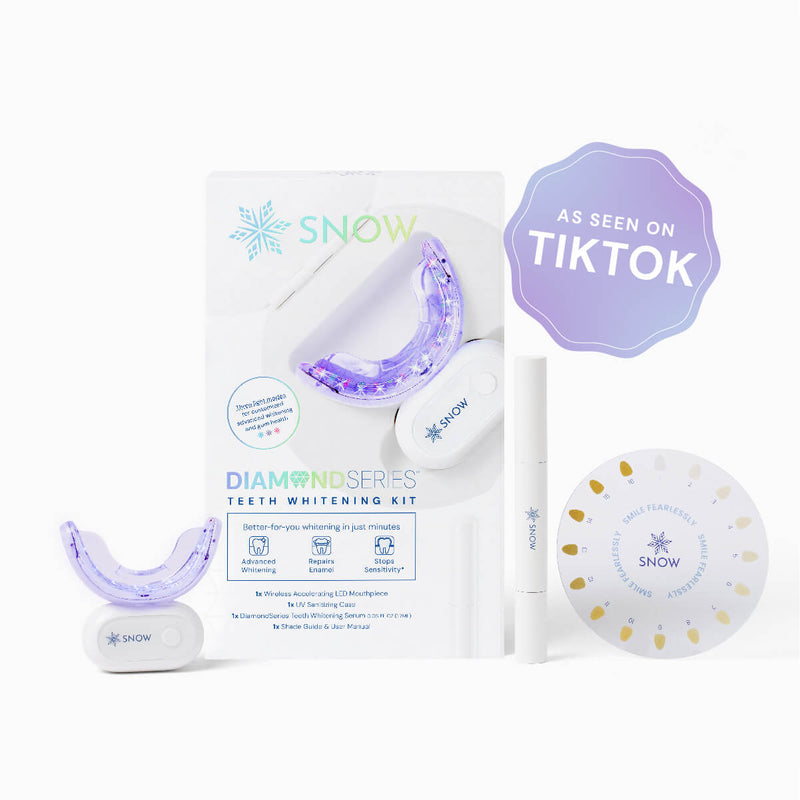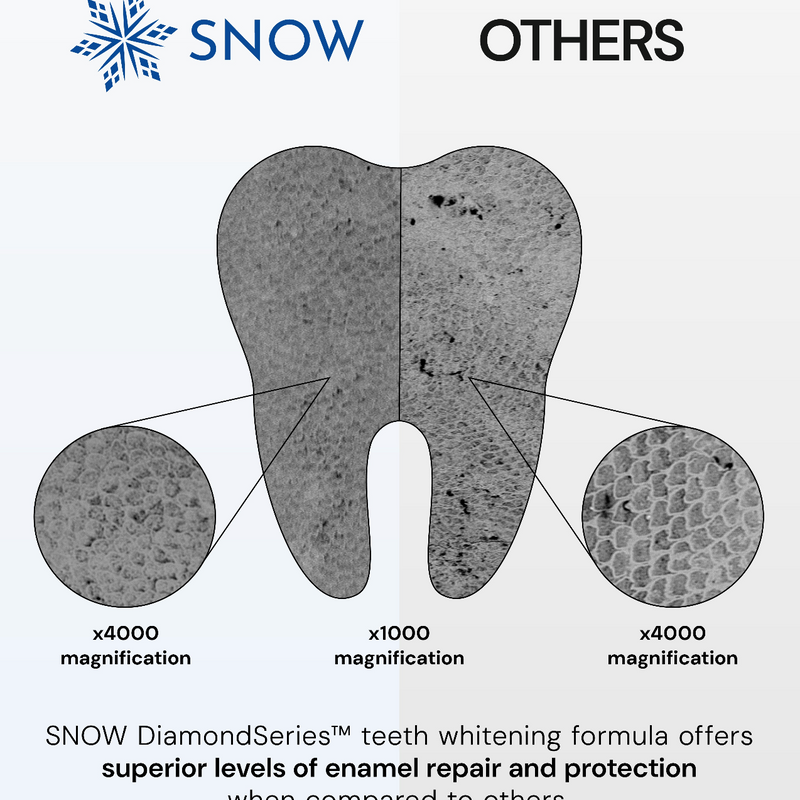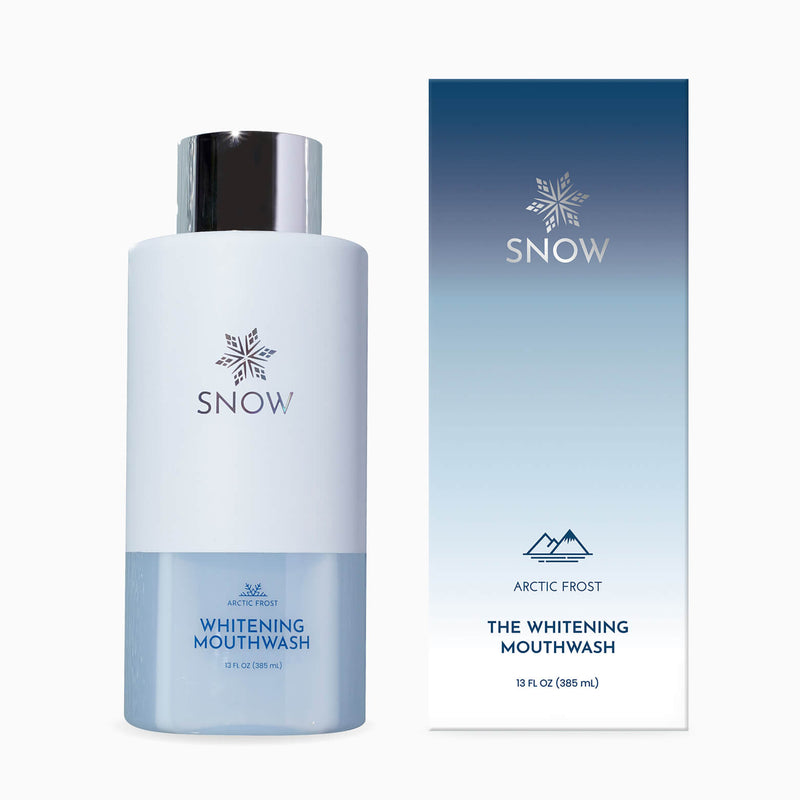How to floss with permanent retainer is a frequently asked question. Though the bonded wire might make flossing feel challenging, the right strategies can make it easy.
In this guide, we'll cover the best methods to floss with a permanent retainer, including using a water flosser, floss threaders, and Superfloss.
We'll also explain the purpose of flossing, define what a permanent retainer is, and clarify whether flossing with one is feasible.
For more dental-related information, check out SNOW teeth whitening for articles on how to floss with braces, do you have to floss with braces and much more!
Let's explore these techniques!
What this article covers:- How to Floss a Permanent Retainer Using a Water Flosser
- How to Floss a Permanent Retainer Using Floss Threaders
- How to Floss a Permanent Retainer Using Superfloss
- What's the Purpose of Flossing?
- What Is a Permanent Retainer?
- Can You Floss If You Have a Permanent Retainer?
How to Floss a Permanent Retainer Using a Water Flosser
When it comes to how to floss under permanent retainer without threader, flossing with a water flosser is simple and effective. Here's how to do it step by step:
- Start by filling the water flosser's tank with lukewarm water to protect sensitive teeth. For added freshness, you can mix in a little mouthwash.
- Choose a low-pressure setting if you're new to water flossing, and increase the pressure as you become more comfortable.
- Lean over the sink, place the flosser tip between your teeth, and close your lips slightly to avoid splashing. Start from the back and work toward the front of your mouth.
- Move the tip along your gumline, pausing briefly between each tooth. Make sure to focus on the areas beneath the retainer wire where plaque tends to build up.
- Once done, turn off the flosser and rinse the tip. Don't forget to brush your teeth afterward for the best results.
Based on our observations, the SNOW Water Flosser is perfect for deep cleaning, offering three pressure modes and a collapsible design, making it ideal for daily use and travel.
How to Floss a Permanent Retainer Using Floss Threaders
Using floss threaders makes it easier to navigate around the retainer wire. Follow these steps to ensure a thorough clean:
- Take a length of floss and thread it through the loop of the floss threader.
- Push the threader under the retainer wire between two teeth. Pull it through until the floss is under the retainer.
- Once the floss is in place, move it up and down between the teeth and along the gumline. Be sure to use a new section of floss for each tooth.
- If your retainer is bonded to multiple teeth, re-thread the floss for each gap, repeating the process until you've cleaned all teeth.
- After you've flossed each tooth, remove the floss and dispose of the threader. Follow up with brushing for complete oral hygiene.
For optimal results, try SNOW Activated Charcoal Whitening Floss. Its expanding bamboo fibers and activated charcoal help remove plaque and stains, making it perfect for users with permanent retainers.
How to Floss a Permanent Retainer Using Superfloss
Superfloss is a tool designed for use with permanent retainers. Here is how to use it:
- Take the stiffened end of the Superfloss and insert it under the retainer wire.
- Gently pull the floss through, positioning the spongy section of the floss between your teeth.
- Use the spongy part to clean around the retainer and between teeth.
- Once the area around the retainer is clean, use the regular floss section to clean the rest of your teeth. Repeat this for each tooth.
- Superfloss is single-use, so dispose of the floss after each session. Continue with brushing for a complete cleaning routine.

Consider SNOW Charcoal Whitening Floss Picks for convenience. These eco-friendly picks combine the power of activated charcoal to clean and whiten your teeth.
What's the Purpose of Flossing?
For those with permanent retainers, flossing is even more important because plaque can easily accumulate around the wires. This buildup increases the risk of dental problems if not regularly cleaned.
Without regular flossing, plaque can build up, harden into tartar, and lead to issues like cavities, gum disease, and bad breath.
By flossing daily, you're not only preventing these problems but also promoting healthier gums, reducing the risk of inflammation and gum recession.
To complete your routine, try SNOW Arctic Frost teeth whitening mouthwash. This peroxide-based mouthwash not only freshens breath but also strengthens enamel and whitens teeth.
What Is a Permanent Retainer?
A permanent retainer is a thin metal wire bonded to the back of your teeth after orthodontic treatment like braces.
Our research indicates that its primary purpose is to prevent your teeth from shifting back to their original positions, maintaining the long-term results of your orthodontic work.
One of the major benefits of a permanent retainer is that you don't have to worry about removing it or remembering to wear it, unlike removable retainers. However, it does require diligent care.
Keep your teeth clean and healthy with SNOW Nano-Hydroxyapatite teeth whitening toothpaste. This toothpaste strengthens enamel and whitens teeth, making it an excellent choice for those with retainers.
Can You Floss If You Have a Permanent Retainer?
Yes, you can and should floss if you have a permanent retainer. Regular flossing, in addition to brushing, helps to prevent plaque buildup and keeps your teeth and gums healthy, even with the retainer in place.
Conclusion
Maintaining good dental hygiene with a permanent retainer requires extra attention, but the results are worth the effort.
Flossing with a permanent retainer might seem tricky at first, but using tools like water flossers, threaders, and Superfloss makes the task easier. We've covered the importance of regular flossing, the various ways to clean around a retainer, and what exactly a permanent retainer involves.
Elevate your oral care routine today by exploring SNOW. Check out our range of products now for superior dental solutions!
Did our blog meet your needs? You might also find our other guides helpful:
- Why Does My Floss Smell Bad?
- Why is Flossing Important?
- Why Does Flossing Feel Good?
- Does a Water Flosser Replace Flossing?
- Does Water Flosser Remove Plaque?
- Does Water Flossing Hurt?
- Does Water Flosser Make Teeth White?
- Does Water Flossing Help with Bad Breath
- How to Clean Water Flosser
- How Often Should You Water Floss
- Can a Water Flosser Remove Tartar?
- Can You Put Mouthwash in a Water Flosser?
- Can I Use Water Flosser Everyday
- Water Floss Before or After Brushing
- Before and After Water Flosser


























